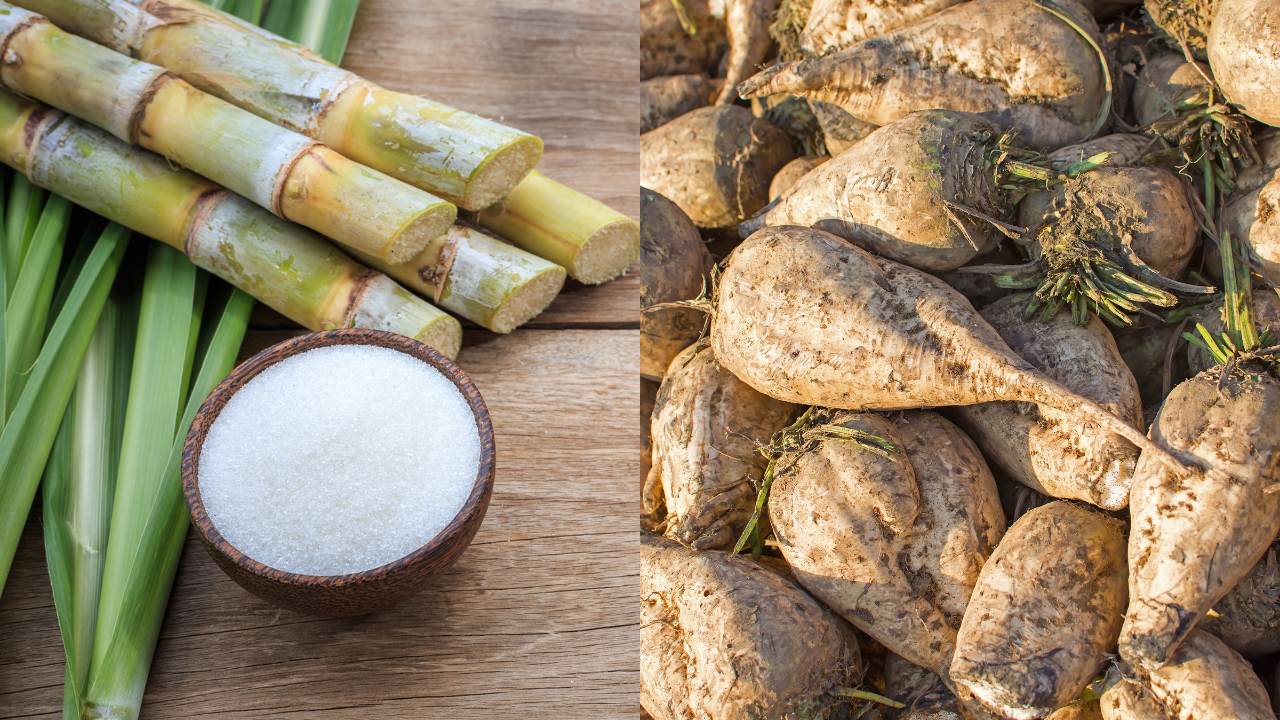The refining process of beet sugar vs cane sugar changes, affecting the final product’s appearance.
Exploring the Distinctions being used and Benefits In Between Beet Sugar Vs Cane Sugar
In the cooking globe, the choice between beet sugar and cane sugar is not merely about sweet taste but entails a nuanced consideration of taste, application, and influence. While both sugars originate from various plants, each undertakes unique manufacturing procedures that subtly influence their characteristics and suitability for numerous meals. As chefs and customers significantly focus on both the ecological and taste profiles of their ingredients, recognizing these distinctions comes to be important. This exploration uses insight right into exactly how each sugar type can best boost culinary productions.
Beginnings and Manufacturing Processes of Beet and Cane Sugar

Walking cane sugar, on the various other hand, comes from the sugarcane plant, a tropical turf indigenous to Southeast Asia now cultivated in tropical areas worldwide. The manufacturing of cane sugar starts with the harvesting of cane stalks, which are crushed to release the juice. This juice is then boiled to concentrate it, after which it is spun in centrifuges to generate raw sugar crystals. These crystals are further improved to produce the white sugar commonly readily available in stores.

Nutritional Material and Health And Wellness Considerations

When comparing the nutritional content of beet sugar and cane sugar, it becomes obvious that both types essentially supply the very same caloric values, with around 16 calories per tsp and no considerable nutrient variety. Both sugars, when consumed in excess, can add to raised blood glucose levels, a danger aspect for diabetes and various other metabolic disorders. From a health point of view, regulating intake of any type of kind of sugar, whether from beet or cane, is suggested to stay clear of these possible adverse effects on well-being.
Flavor Accounts and Culinary Applications
Despite their comparable chemical structures, beet sugar and cane sugar differ subtly in taste, which can affect their use in different cooking contexts. Walking visit cane sugar typically carries a hint of molasses, even in its polished type, providing a warm, caramel-like touch that boosts baked products, coffee, and chocolate-based recipes. On the other hand, beet sugar is characterized by its very refined, neutral preference, making it a flexible sugar that does not change the flavor profiles of dishes.
Environmental Effect and Sustainability
While both beet and cane sugars are obtained from plants, their ecological influences vary my company dramatically due to the distinctive methods of farming and processing required for each. Sugar beet cultivation usually includes comprehensive automation, which can boost fossil fuel intake and carbon exhausts.
Additionally, the handling of sugarcane often produces a significant amount of waste, including bagasse, which, although usable as biofuel, frequently adds to air contamination if melted inefficiently. Sugar beet handling uses more of the raw products, leading to much less waste. Both sectors encounter challenges in lowering their ecological footprints, however recurring technologies in farming techniques and waste administration are aiming to boost sustainability.
Economic Variables Influencing the Sugar Market
The financial characteristics of the sugar market are significantly influenced by worldwide market needs and trade plans. In areas where sugarcane or sugar beet manufacturing is subsidized, producers may have a financial benefit that enables them to supply lower prices on the global market.
In addition, variations in international need for sugar, influenced by nutritional trends and industrial use in foodstuff, straight effect rates and manufacturing levels. beet sugar vs cane sugar. Weather conditions additionally play a crucial duty, as they can considerably influence plant yields and, as a result, the supply chain. This irregularity presents a degree of economic uncertainty that can lead to financial investment volatility in sugar production fields, influencing choices from growing to market approach
Conclusion
In verdict, both beet and cane sugar have distinct top qualities that suit different culinary needs. While cane why not try these out sugar conveys a rich flavor ideal for improving baked goods, beet sugar's nonpartisanship is excellent for lighter dishes.